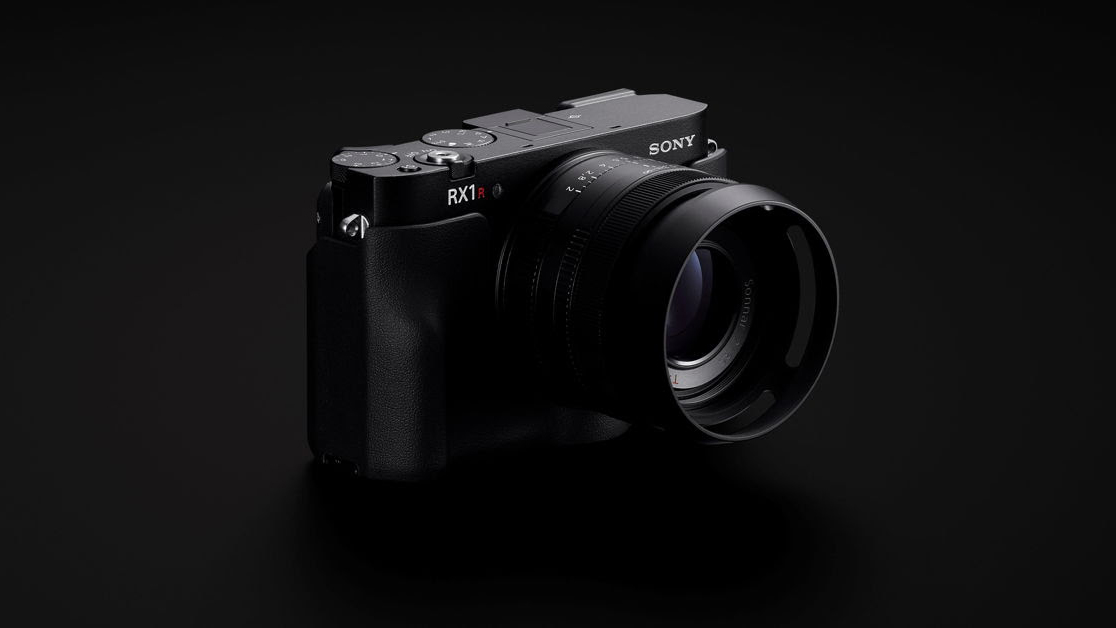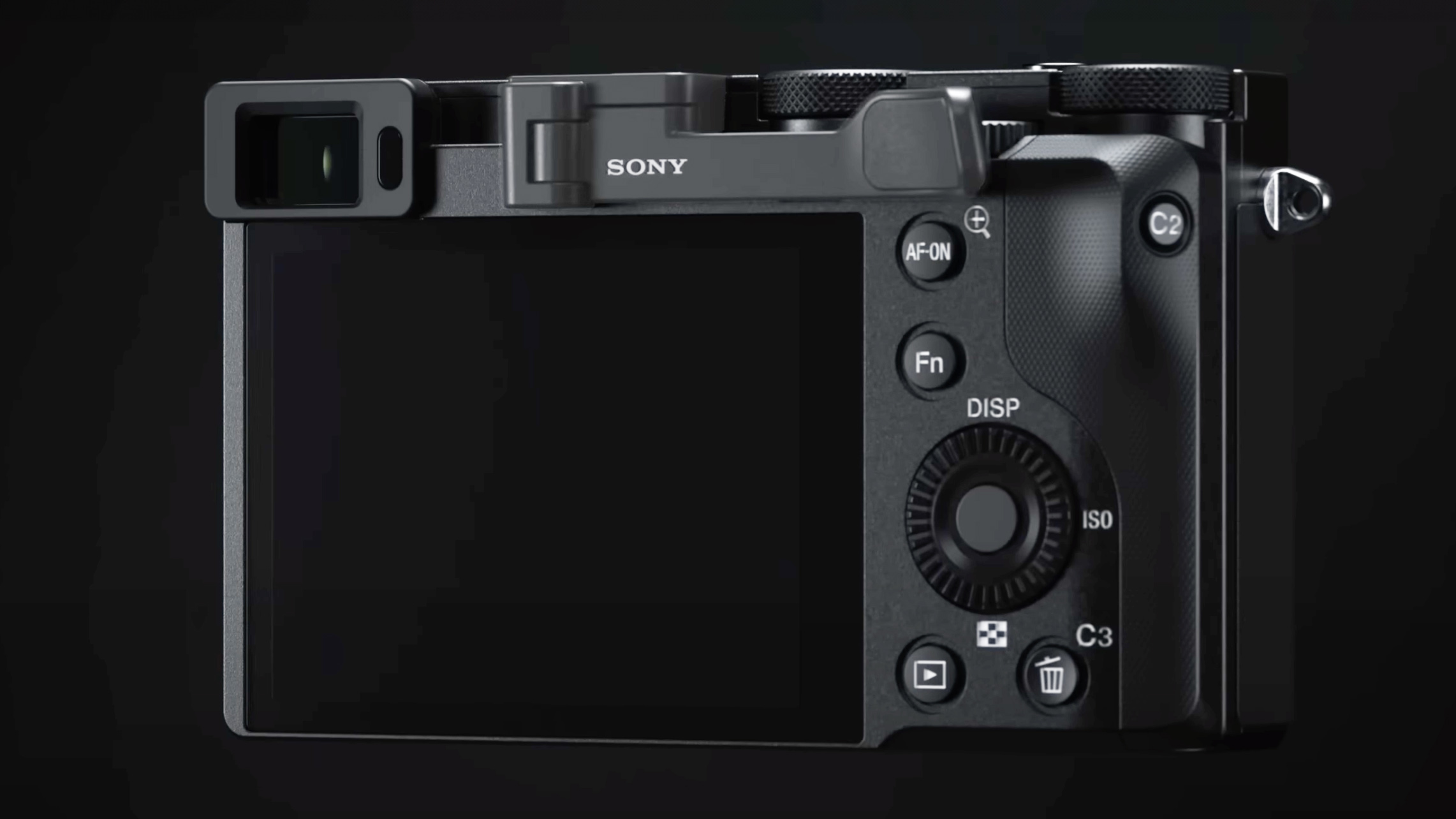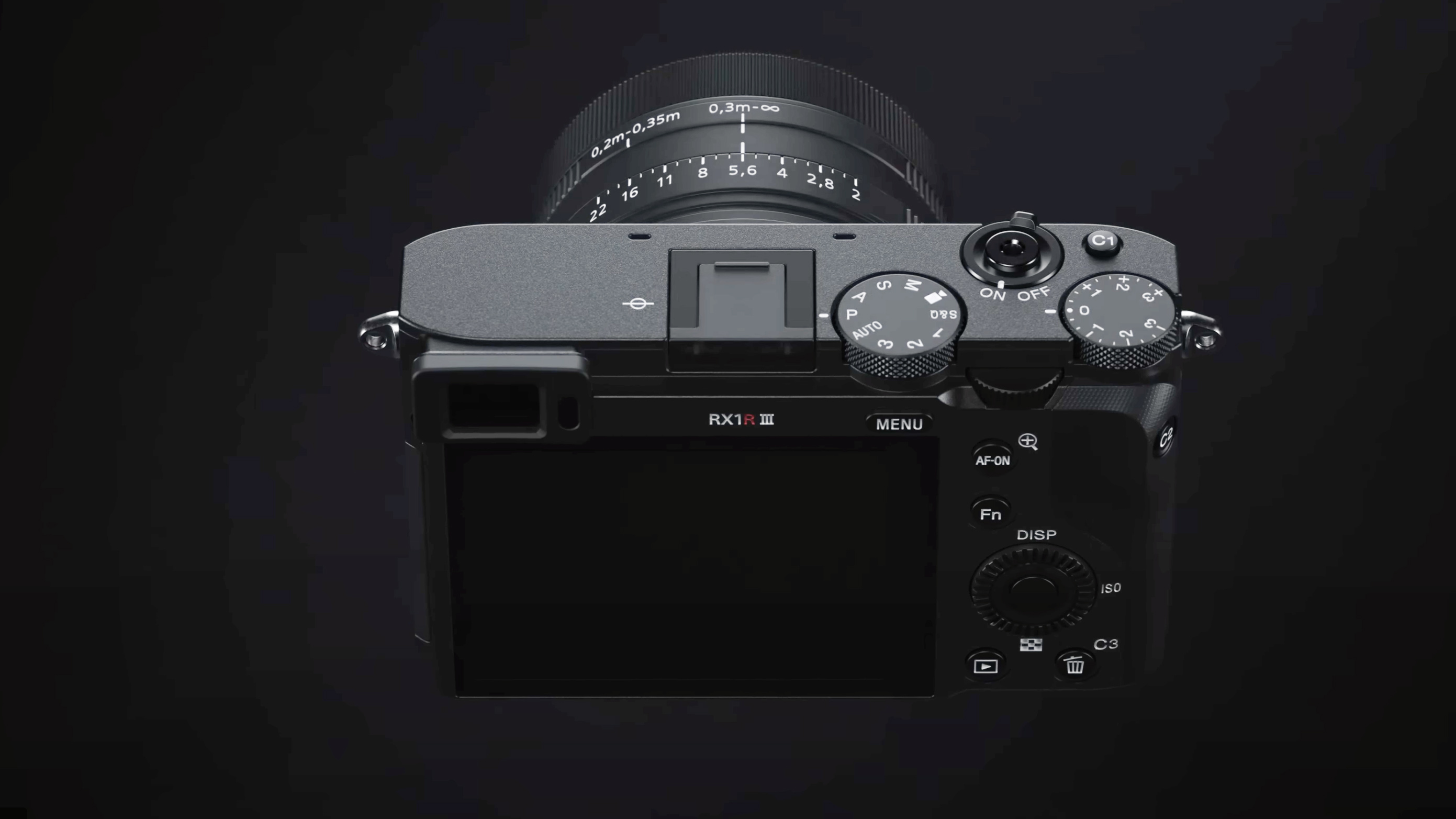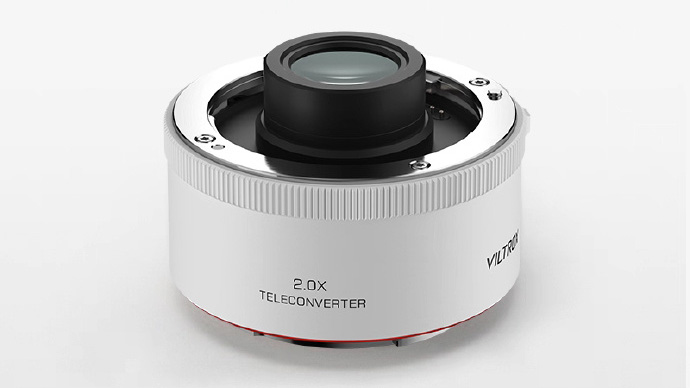Sony squished its best camera tech into a charmingly small compact camera called the Sony RX1R III. But there are some features left out to get to that compact size
Surprise! Sony has crammed some of its tech into a full-frame compact camera, but the Sony RX1R III is missing some features from its mirrorless siblings

Sony surprised fans this week when it unveiled an update to a camera that hasn’t been updated in nearly ten years: The Sony RX1R III.
Ten years is a long time to wait for a camera’s successor, which is probably why reading the RX1R III’s list of features reads almost like a list of Sony’s latest camera tech, with a few exceptions. The 61MP full-frame sensor. A dedicated AI processor. 15 stops of dynamic range. And yet, that all fits into a camera that weighs just 17.6 ounces – including the battery and memory card.
The launch of the Sony RX1R III was a well-kept secret away from the camera rumors. I sat in on a call with Sony USA reps to glean details about the surprise launch.
The Sony RX1R III is considerably smaller and lighter than the A7R V mirrorless camera. It's made to be an everyday camera for pros and enthusiasts that want to leave the bulky gear at home without sacrificing image quality. So, how did Sony cram so much into a compact camera? And what features were left off in the name of size?
A post shared by Sony | Alpha (@sonyalpha)
A photo posted by on
Sony explained that the R1XR III doesn’t look like a typical compact camera on the inside. Rather like an iceberg, the jut of the lens visible from the camera’s exterior is only part of the lens; some of the lens itself is tucked inside the camera body. That means the sensor is pushed to the very back of the camera’s magnesium alloy chassis. Sony says that the lens and sensor are actually one unit, and you wouldn’t even be able to fit a sheet of paper between the two.
Despite that squished real estate, the camera includes the same processor as the A7R V, and includes a separate processor dedicated just to AI tasks. That runs the camera’s subject recognition, which works alongside the 693-point autofocus system capable of focusing in low light down to -4 EV.
The camera has a lot in common with the high-resolution rangefinder Sony A7CR and the A7R V. The RX1R III doesn’t reach the global shutter tech of the A9 II, but a leaf shutter design allows the camera to shoot at flash sync speeds up to 1/2000th of a second wide open and 1/4000th of a second at f/5.6.
The best camera deals, reviews, product advice, and unmissable photography news, direct to your inbox!
That leaf shutter isn’t something available on Sony’s mirrorless lenses, but is part of the Zeiss 35mm f/2 lens built into the camera. The lens is optically the same lens as on the RX1R II, the only change is that the lens is calibrated to work specifically with that 61 megapixel sensor.
All that fits into a camera that weighs just 17.6 ounces and tucks easily into a small purse or compact camera bag. But while the sensor and processor will feel familiar to Sony fans, there are a few features that have been left off the Sony RX1R III.
The Sony RX1R III doesn’t have stabilization
Neither the lens nor the sensor is stabilized on the RX1R III. Electronic stabilization is used for video. Stabilization is less of a necessity on a 35mm lens, but even with wide-angle lenses, stabilization can help some photographers leave the tripod at home and shoot semi-slow shutter speeds handheld.
Sony isn’t advertising weather-sealing on the RX1R III
Sony isn’t advertising weather-sealing on this camera (although one rep did say he took the camera out in light rain with the hot shoe cover in place). That's disappointing because the camera is meant to be something serious photographers carry every day when they don't want to haul around bulky gear, and that is going to include some occasional rain.
The RX1R III doesn’t have a tilting LCD screen

The RX1R II had an LCD screen that could tilt 90 degrees, but the third generation in the series uses a fixed lens. That’s for space-saving reasons, Sony says. With the sensor pushed to the back of the chassis, there wasn’t room left for a tilting screen without making the body larger. While the screen lacks tilt, it is touch-enabled.
The Sony RX1R III has a viewfinder, but it’s a lower resolution than the A7R V’s
While earlier RX1R cameras had a pop-up viewfinder, the viewfinder on the third generation is built into the body with a rangefinder-inspired design similar to the A7CR. The viewfinder’s specifications on the RX1R III are nearly identical to the A7CR’s with a 2.4 million dot viewfinder rather than the 9.4 million dot viewfinder on the A7R V. Sony says the reason for this is simply that the higher resolution unit takes up much more space and would have made the body larger.
The Sony RX1R III's burst speed is 5 fps
Sony's mirrorless cameras are a bit faster than the new full-frame compact camera, which specs list at a 5 fps burst rate. The Sony A7R V, in comparison, shoots at 10 fps.
The Sony RX1R III doesn't have 8K video
Because the camera is so small, Sony said the RX1R III didn’t have the heat dissipation for 8K video, despite having that high-resolution sensor. Instead, video is 4K30p, with 1080p HD at up to 120 fps for slow-motion. The camera doesn’t have an official recording time limit, but it will stop recording if heat becomes an issue, a number that’s going to depend on the shooting conditions.
The Sony RX1R III's battery is rated for 300 shots
Sony says the third-generation camera actually gets more shots per charge than the model launched 10 years ago. But, CIPA standards have changed, which leaves the camera with a battery rating of 300 shots, although in real-world use, the number should be higher.
The Sony RX1R III doesn't have dual card slots...or a record button

The Sony RX1R III has just a single SD card slot, which isn't too surprising considering the camera's size and that the previous model had a single slot as well. But there are some design changes from the RX1R II, including a flat top, moving the viewfinder to the side, and eliminating the dedicated record button. Sony says the button was axed because the camera was so small that it was too easy to accidentally press it. But users can still customize the button setup to include a video record shortcut if they don't want to switch over into video mode (where the shutter starts the recording).
The RX1R III ditches the CyberShot name
Earlier RX1 series cameras still included the CyberShot name that Sony uses for branding its compact cameras. The Sony RX1R III drops that nomenclature. Sony noted that it’s not officially ending the CyberShot name, but it isn’t included in the RX1R III.
The Sony RX1R III has a luxury price
The Sony RX1R III is set to retail for $5,089 in the US, £4,199 in the UK, and AU$7,999 in Australia. I don’t find that number too surprising, considering Sony’s compact cameras have always put a premium price on the compact size, yet seem to have sold fairly well. But, that’s still pricier than the Sony A7R V – although the compact camera fares better if you factor in the price of a bright 35mm lens like the Sony 35mm f/1.4 GM.
Looking at the competition, that price is less than the full-frame Leica Q3, but more than the medium-format Fujifilm GFX100RF.
While the Sony RX1R III makes some sacrifices to get such a small size, I know that shooting with a compact camera after using bulkier systems feels liberating. With the following that the older model still has, I suspect the Sony RX1R III will have some fans that love the camera's mix of size and features.
Pre-orders are live on Sony's website, with the first cameras expected to ship from July 31.
You may also like
Browse the best full-frame compact cameras or the best compact cameras.

With more than a decade of experience writing about cameras and technology, Hillary K. Grigonis leads the US coverage for Digital Camera World. Her work has appeared in Business Insider, Digital Trends, Pocket-lint, Rangefinder, The Phoblographer, and more. Her wedding and portrait photography favors a journalistic style. She’s a former Nikon shooter and a current Fujifilm user, but has tested a wide range of cameras and lenses across multiple brands. Hillary is also a licensed drone pilot.
You must confirm your public display name before commenting
Please logout and then login again, you will then be prompted to enter your display name.
